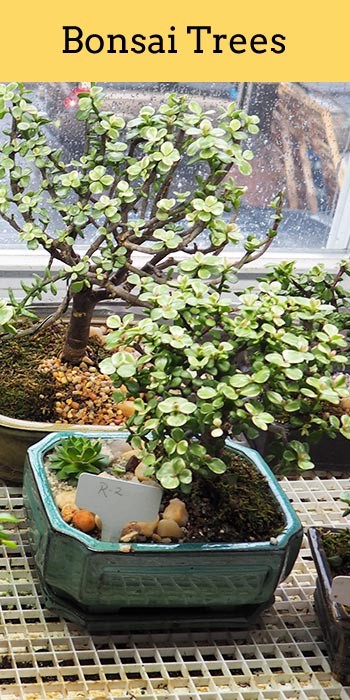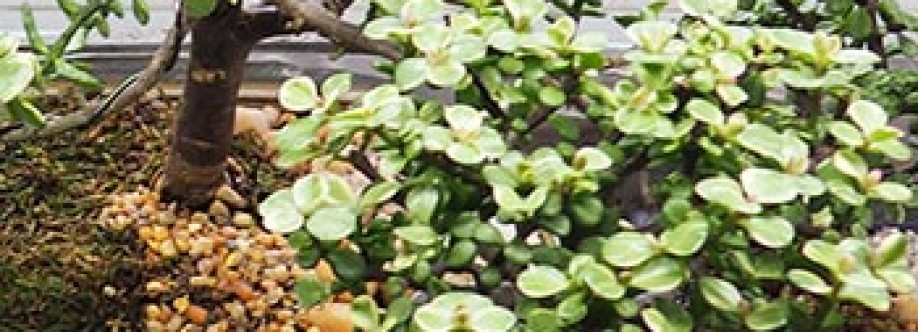

@bonsaiofbrooklynus
Air layering is an excellent technique for propagating plants, especially when you're looking to grow new trees or shrubs with the same genetic qualities as the parent plant. Whether you are an experienced gardener or a beginner, the right tools and plant selection are crucial to a successful air layering process. In this blog, we’ll explore the tools needed for air layering, as well as two specific types of hemlockCanadian Hemlock and BonsaiHemlockperfect for this technique.Air Layering Tools You’ll Need
Air layering involves making a wound on a branch of the parent plant, encouraging it to form roots while still attached to the plant. This method is ideal for hard-to-root species or plants you want to replicate. Here are the key tools you'll need for air layering:Sharp Pruning Shears – To make precise cuts on the branch, pruning shears are essential. Sharp blades will reduce the risk of damaging the plant.
Rooting Hormone – Applying rooting hormone to the exposed wound helps stimulate root growth, ensuring a successful air layering process.
Plastic Wrap or Sphagnum Moss – To keep the wound moist and promote root formation, wrap it with plastic and secure it with moss or another rooting medium.
Twine or Plant Tape – To hold the plastic wrap in place, secure the wrapped area tightly with twine or plant tape.
Plastic Bag or Clear Plastic Container – Once the root zone is wrapped, you can place a plastic bag or container around the area to create a humid microenvironment, further encouraging rooting.
Canadian Hemlock for Air Layering
The Canadian Hemlock (Tsuga canadensis) is a native North American tree with a graceful, conical shape and delicate, needle-like leaves. Its flexibility and ease of propagation make it an excellent candidate for air layering. Canadian Hemlock trees have a slow growth rate, but their ability to form roots through air layering is well-suited for home gardeners.
This tree thrives in shaded areas with moist, well-drained soil, and when air layering, the best time to perform the procedure is during the warmer spring months. Since Canadian Hemlocks are naturally dense and compact, they can also be shaped well after layering to suit various landscape styles.
Bonsai Hemlock for Air Layering
Bonsai Hemlock (a smaller variety of Canadian Hemlock) is a popular choice for bonsai enthusiasts who want to grow miniature, yet robust, trees. This variety is well-suited for air layering, as it can be cultivated in small spaces and offers dense foliage, which is a signature feature of bonsai aesthetics.
Air layering Bonsai Hemlocks is ideal for creating unique, natural-looking tree forms. Due to their small size, they are easier to manage and require less space for root development, making them perfect for indoor gardens or bonsai collections. Like the larger Canadian Hemlock, these trees are typically layered in spring and require patience, as they grow at a slow rate. Know more.https://community.wongcw.com/posts/967726
Training pots are the foundation of any bonsai growing process. These specialized pots are designed to promote healthy root growth, which is essential for maintaining a strong and balanced bonsai. Unlike typical flower pots, training pots are designed with features that suit the unique needs of bonsai trees.Thanks to the digital age, bonsai enthusiasts no longer need to rely solely on local nurseries or specialty shops for their bonsai needs. Online bonsai stores offer a vast array of bonsai trees, tools, accessories, and care products, all available at the click of a button.Bonsai is not only about cultivating miniature trees but also about creating a tranquil and harmonious environment. Bonsai figurines are an excellent way to elevate your bonsai display, adding personality and artistic flair to your bonsai garden.Know morehttps://www.blogger.com/blog/p....ost/edit/59662090523
Training pots are the foundation of any bonsai growing process. These specialized pots are designed to promote healthy root growth, which is essential for maintaining a strong and balanced bonsai. Unlike typical flower pots, training pots are designed with features that suit the unique needs of bonsai trees.Thanks to the digital age, bonsai enthusiasts no longer need to rely solely on local nurseries or specialty shops for their bonsai needs. Online bonsai stores offer a vast array of bonsai trees, tools, accessories, and care products, all available at the click of a button.Bonsai is not only about cultivating miniature trees but also about creating a tranquil and harmonious environment. Bonsai figurines are an excellent way to elevate your bonsai display, adding personality and artistic flair to your bonsai garden.Know morehttps://bonsaiofbrookly.livejournal.com/477.html

Bonsai of Brooklyn was founded in 1976 by Paul Graviano. In 1964, while looking for some houseplants in a local plant shop, he spotted a Dwarf Japanese Juniper bonsai in a five or six inch pot. He was so fascinated by this tiny miracle that he had to have it. It would prove to be the most influential purchase of his life. The next day it was off to the library to find any books available on the subject. He began to re-pot and shape trees from local nurseries into bonsai trees. His collection grew from there in leaps and bounds.

